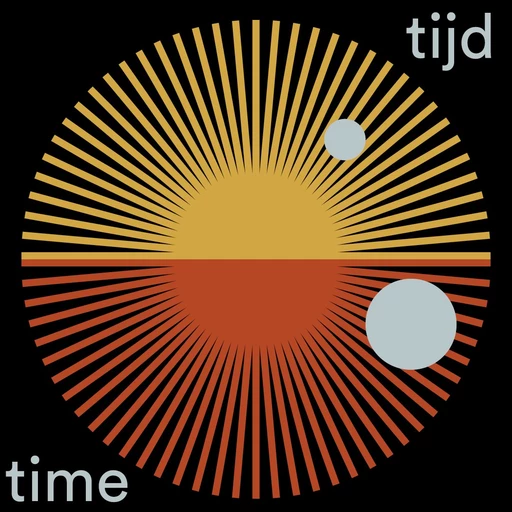
TIME; the impact of time (pressure) on authorship
Time; the impact of time (pressure) on authorship was the main theme of ArtEZ Studium Generale for the 2023/2024 academic year. How do we ensure that making does not increasingly fall prey to the laws of capitalization?
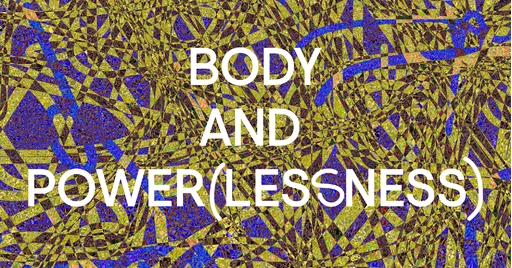
Body and power(lessness)
Body and Power(lessness) was the main theme of ArtEZ Studium Generale for the 2021/2022 academic year. This Topic deals with a number of questions like: What happens when we realise we have much less control over our bodies than we thought?
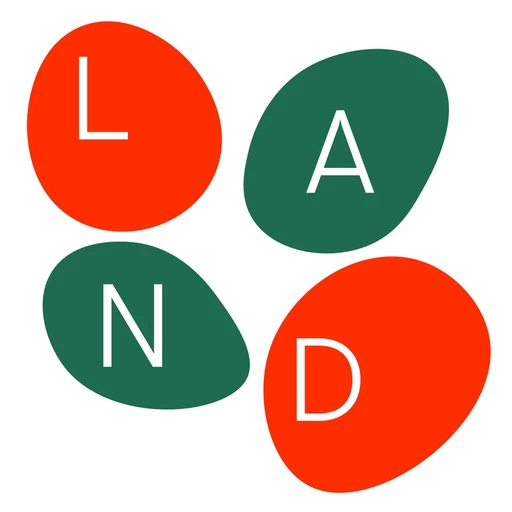
LAND; about climate breakdown, ownership, territory and colonialism
LAND; about climate breakdown, ownership, territory and colonialism was the main theme of ArtEZ Studium Generale for the 2020/2021 academic year. Can we understand how we have ended up in the present precarious situation?
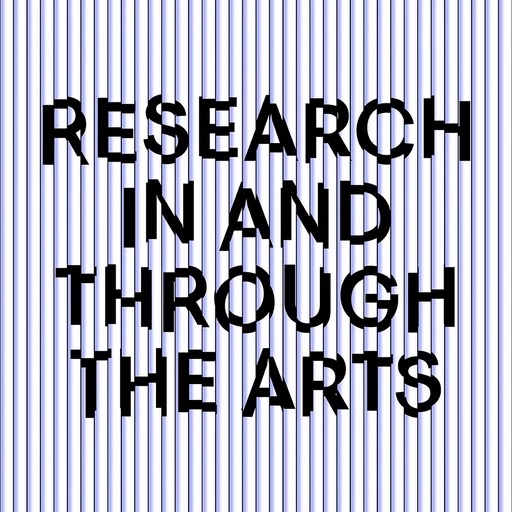
Research in and through the arts
Research in and through the arts is a Topic that ArtEZ Studium Generale has been working on for several years. The way research is handled in the arts is very diverse. Essays and podcasts have been created on this theme, and various lectures and workshops have been organised. Here you will find an overview of all the material that Studium Generale has published and curated on this branch of research.
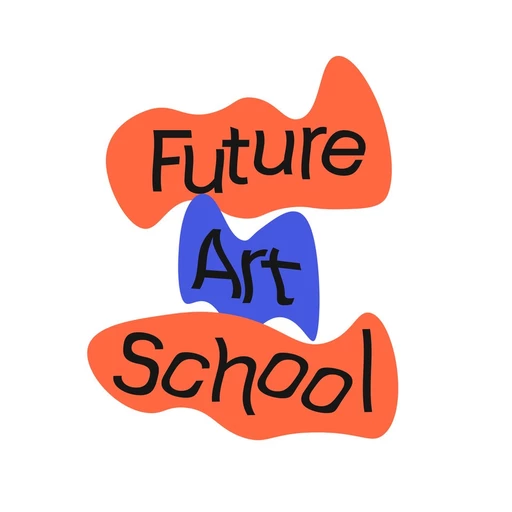
Future Art School
Future Art School is a Topic that ArtEZ Studium Generale has been working on for several years. Are the institutions in which artists are trained still appropriate for the new systems, questions and relations we need in the future? Essays and podcasts have been created on this theme, and various lectures and workshops have been organised. Here you will find an overview of all the material that Studium Generale has published and curated on this branch of research.
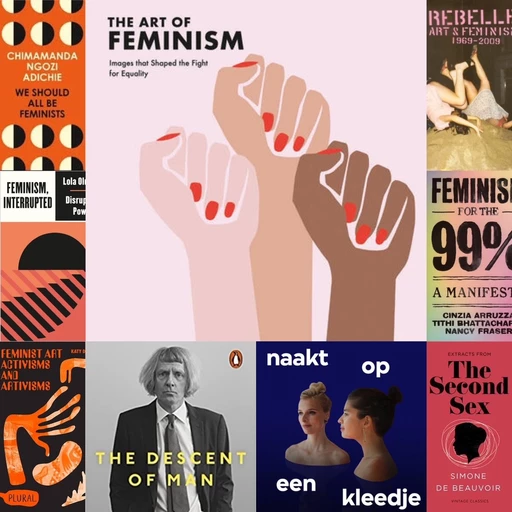
Feminism
Feminism is a Topic that ArtEZ Studium Generale has been working on for several years. The underrepresentation and misrepresentation of women artists, non-binary and genderqueer artists in the Dutch art world is undeniable. Essays and podcasts have been created on this theme, and various lectures and workshops have been organised. Here you will find an overview of all the material that Studium Generale has published and curated on this branch of research.
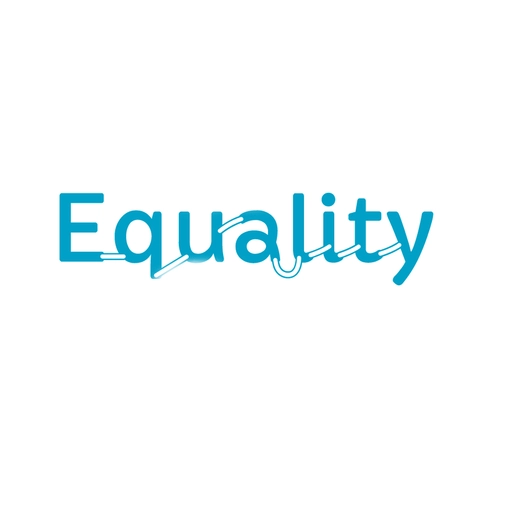
Equality / Equity
Equality / Equity is a Topic that ArtEZ Studium Generale has been working on for several years. Equality is about ensuring that every individual has an equal opportunity to make the most of their lives and talents. Essays and podcasts have been created on this theme, and various lectures and workshops have been organised. Here you will find an overview of all the material that Studium Generale has published and curated on this branch of research.
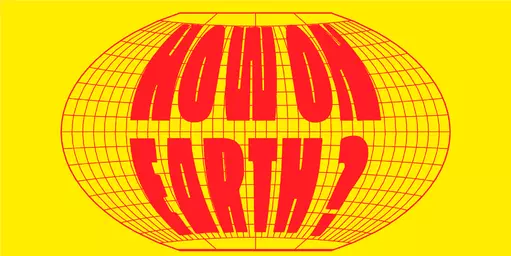
Rethinking Anthropocene
Rethinking Anthropocene is a Topic that ArtEZ Studium Generale has been working on for several years.
In this series we engage with the emergence of new theories and artistic practices on climate activism. In what ways can art (education) foster and challenge the way we understand, cope, and aim to rethink the causes and consequences of climate breakdown? How can we create and imagine in times of ecological crisis?
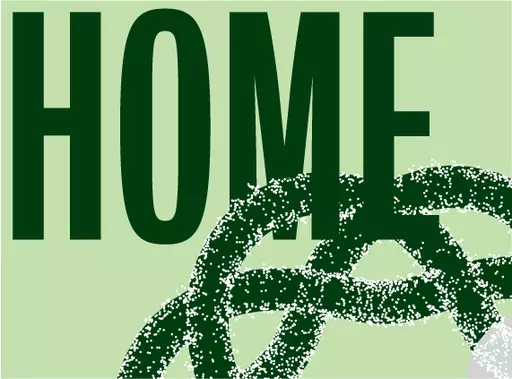
Home
A one-day event about HOME; about when do you really feel safe, at home and welcome? In 2018, ArtEZ Studium Generale invited various guests to reflect on how we you approach and welcome the other. Are you welcomed with open arms or are you given the cold shoulder and do you have to fight for a place?
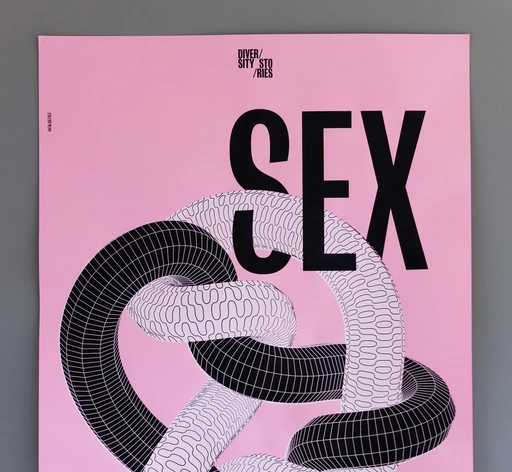
Sex and the Politics of the Gaze
A one-day event about Sex; How is sex being represented in art and the media and what does that say about our identity? In 2018, ArtEZ Studium Generale invited various guests to reflect on questions as: Which stereotypes are being offered and is that changing in any way?
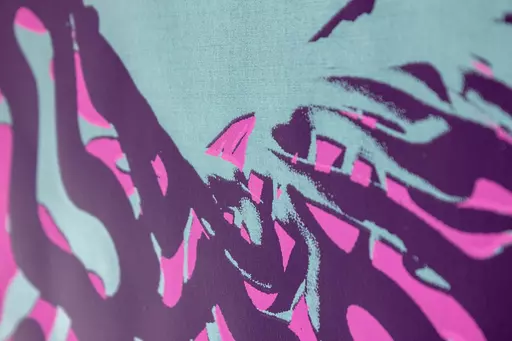
Identity
A one-day event about Identity; how is our identity determined and what influence does our changing world have on our identity? Together with students, artists and researchers ArtEZ Studium Generale researched during this event in 2017 questions as: what role our origins, roots and gender play in who we are?
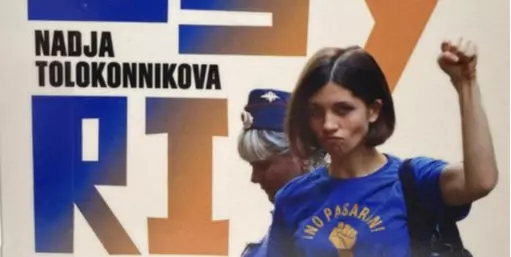
Activism
A one-day event about Activism; to explore the desire to change the world in a fundamental way. In 2017, ArtEZ Studium Generale invited various guests to reflect on How to change the world? What do you change and how do you do that? Do you do that as an individual or can a revolution only be started by a large majority?
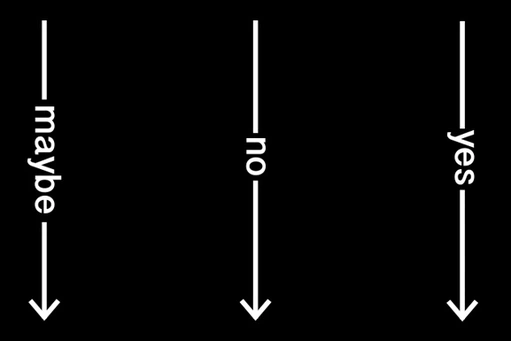
Chaos & Conflict
A one-day event about Chaos & Conflict; about the meaning of conflict and war. In 2016, ArtEZ Studium Generale invited various guests to reflect on the pros and cons of a chaotic and conflicting world. About the personal consequences for people in general and artists in particular.
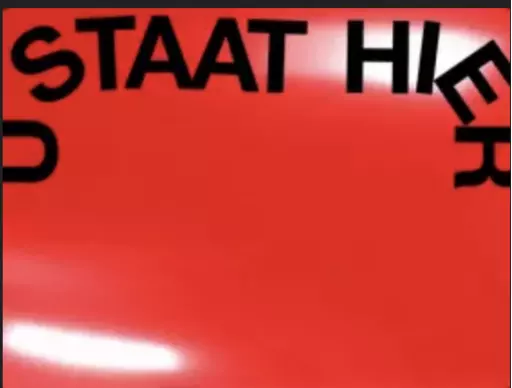
The City
A one-day event about The City; More than half of the world's population lives in cities. And the number of people continues to grow. In 2016, ArtEZ Studium Generale invited various guests to reflect on the desire to improve urban safety, but to what extent does creativity play a role in this?
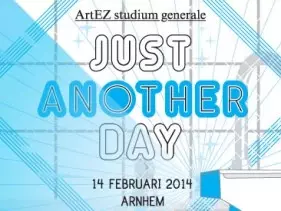
Just Another Day
Our daily lives are made up of patterns, rituals, encounters, and events. For some they are familiair and self-evident, for others they are mysterious and obscure. During the festival, artists, scientists and thinkers from the art world and societys will be scrutinizing our everday existence as a subject and an endless source of inspiration.
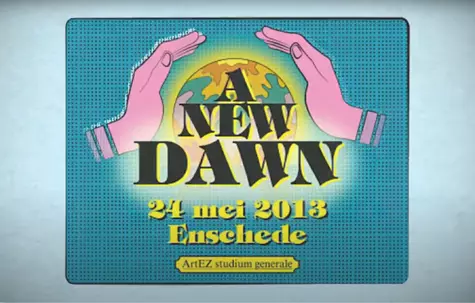
A New Dawn
A one-day event about A New Dawn; about how the metamodernists search for new ways to approach life. New worlds, new alternatives come into existence. A program on the foundations of art in a new world. On metamodernism, back to basics, sustainable design, the latest technologies, constructive involvement, alternative economic models, telling stories and the return of emotions.
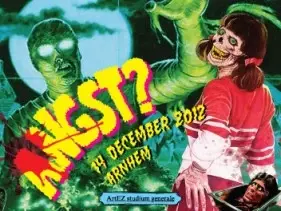
Fear
A one-day event about Fear; about those anxious gut feelings that are resounding throughout the arts and society at large. In 2012, ArtEZ Studium Generale invited various guests to reflect on these stirring gut feelings.
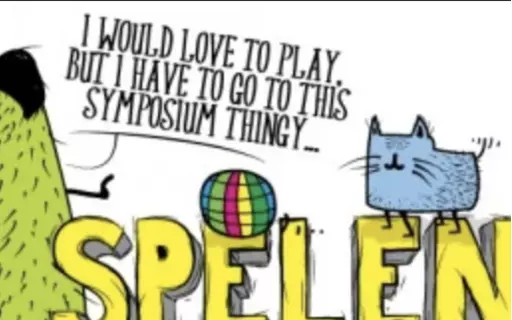
Homo Ludens
A one-day event about Homo Ludens; Play! In 2012, ArtEZ Studium Generale invited various guests to reflect on how many aspects of our life are made up of play; be it football, implicit dress codes or social etiquette at work. The idea of the homo ludens (Latin for 'playing man') is a view of man in which man is first and foremost a playing being.
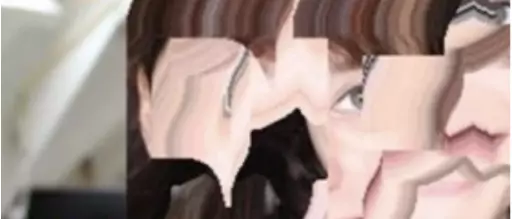
Technology
AI, biotechnology, information technology and neurosciences have become part of our lives. Technology is taking over the world. In this series you can find projects that try to comprehend what technological developments mean for art and humanity.
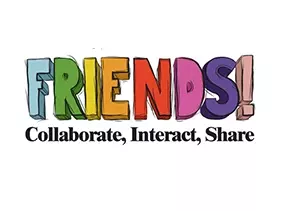
Friends!
A one-day event about Friends! - Collaborate, Interact, Share; an event about the meaning of friendship in the arts, scholarship and society. In this file amongst others information about social media as a marketing tool, intimacy in times of social media, working in the arts as a duo or with a group and the meaning of friendship in Boedhism.
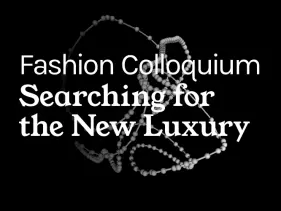
Sustainable Future
In August 2018, 15-year-old Greta Thunberg started her actions in which students call on governments to take measures against global warming. Her actions were followed internationally and grew into massive protests. "The strikes of students are inspiring because they break through all the bullshit of babbling necktie men and make it clear to everyone what matters: system change against the destruction of contemporary and future life, of possibility," writes Willem Schinkel (De Groene), Plea for pre-presentation 2019).